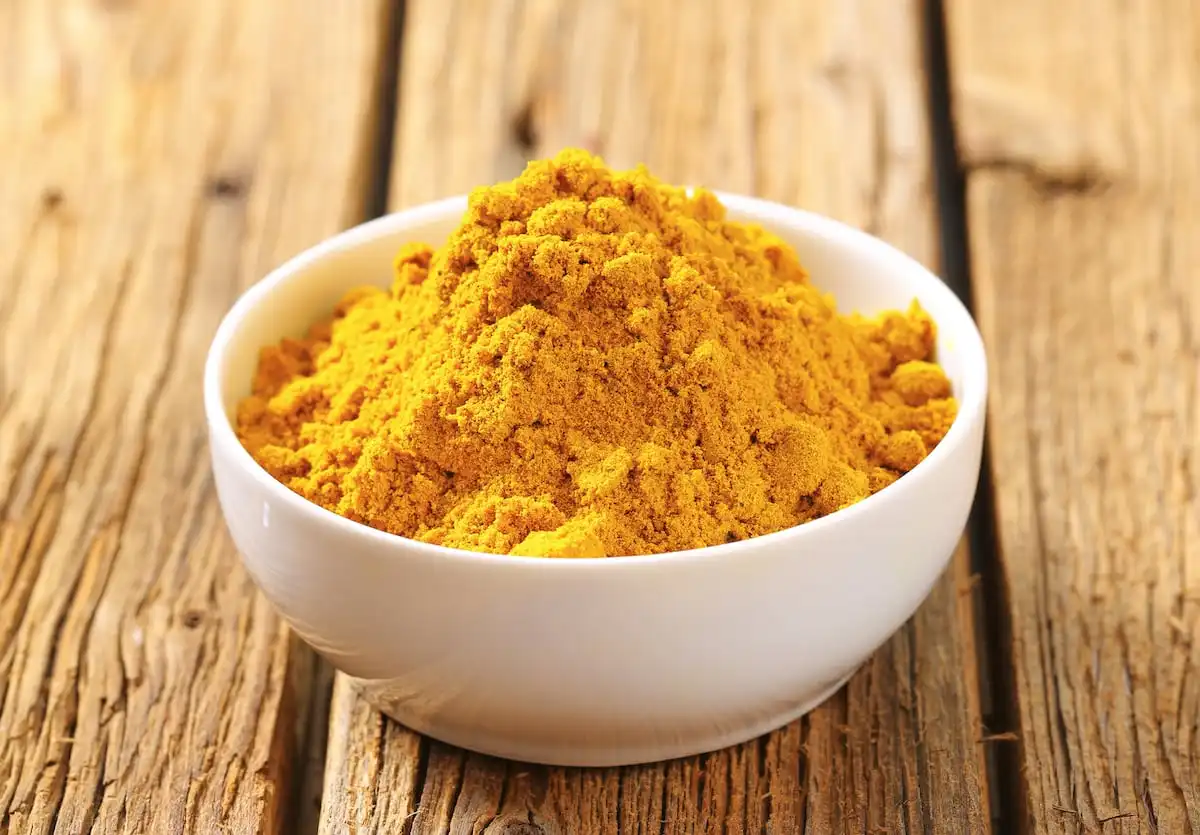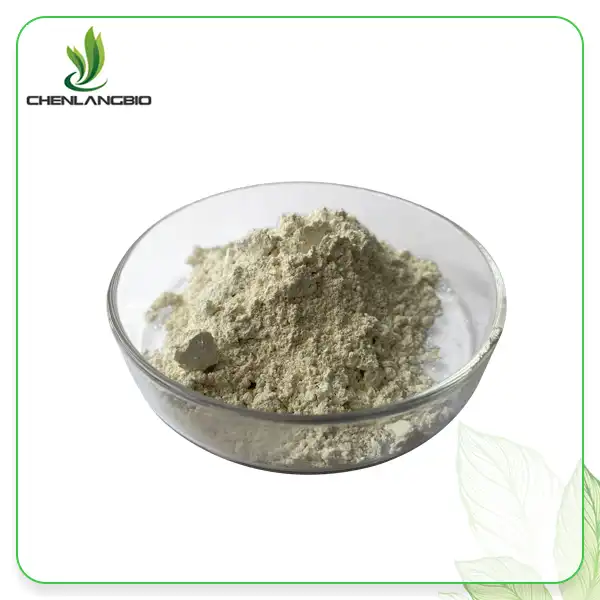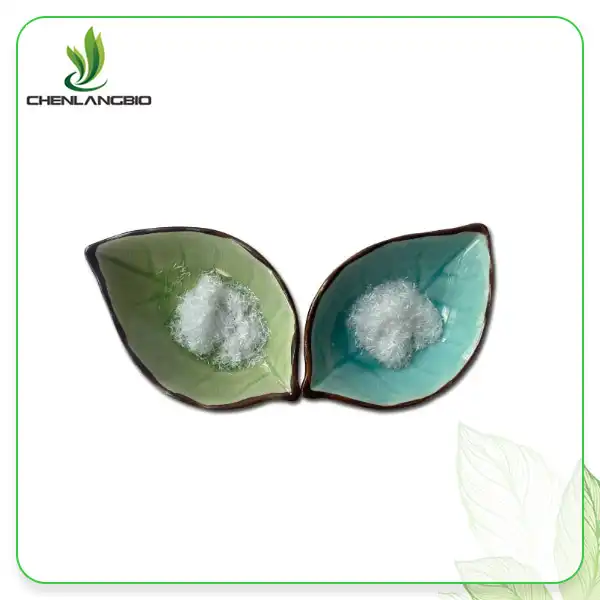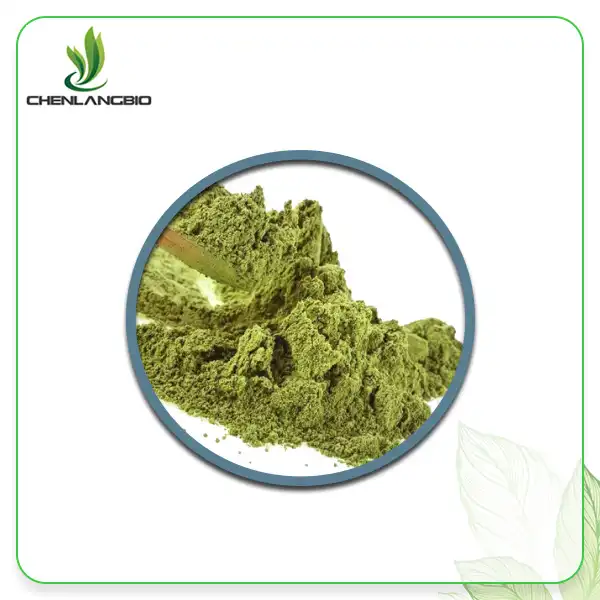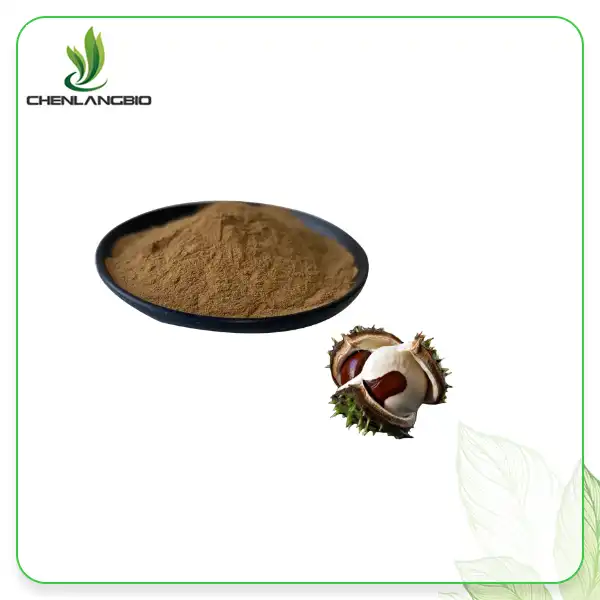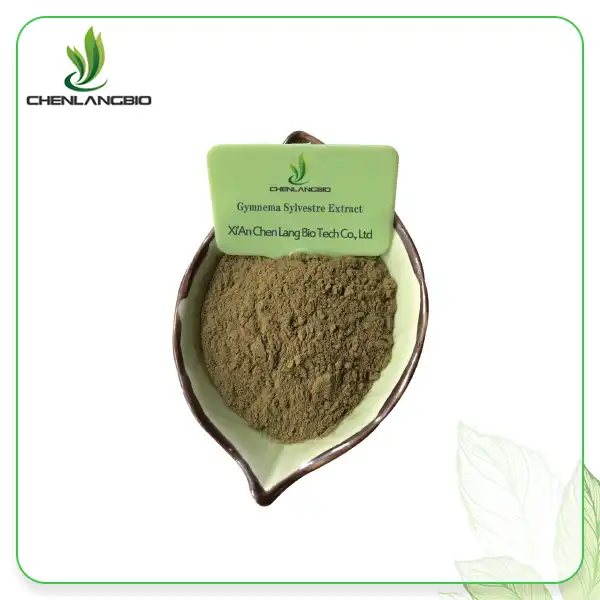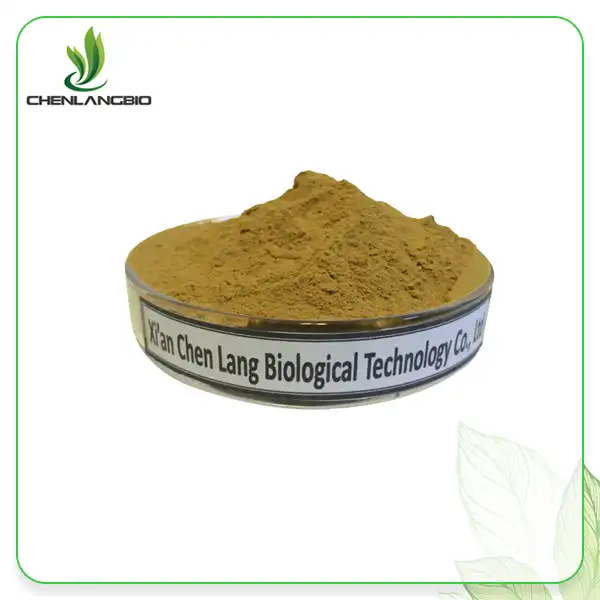How Long Does Nitenpyram Take to Work
2024-10-17 09:38:29
Nitenpyram powder, a potent insecticide widely used in veterinary medicine, has gained significant attention for its rapid action against fleas and other parasites. This blog post delves into the efficacy and speed of Nitenpyram, exploring its mechanism of action and the factors that influence its onset of effects. Understanding the timeline of Nitenpyram's activity is crucial for pet owners and veterinarians alike, as it impacts treatment strategies and expectations. We'll examine the science behind this fast-acting compound, its application methods, and the variables that can affect its performance, providing you with a comprehensive overview of Nitenpyram's working timeframe.
The Science Behind Nitenpyram's Rapid Action
Understanding Nitenpyram's Chemical Structure
Nitenpyram powder, a neonicotinoid insecticide, boasts a unique chemical structure that contributes to its swift action against pests. The compound's molecular design facilitates rapid absorption and distribution throughout the target insect's body, allowing it to quickly reach the nervous system. This efficient uptake is key to nitenpyram's fast onset of action, often delivering results within 15-30 minutes. This characteristic sets it apart from other insecticides on the market, making it an effective choice for immediate flea control. Its targeted action not only enhances its efficacy but also minimizes the impact on non-target organisms, contributing to its safety profile when used as directed.
Mechanism of Action in Insect Nervous Systems
The rapid effects of nitenpyram stem from its targeted action on insect nervous systems. Upon ingestion, nitenpyram interferes with the neural pathways of fleas and other susceptible pests by binding to nicotinic acetylcholine receptors. This binding disrupts normal nerve impulse transmission, leading to rapid paralysis and subsequent death of the insect, often within minutes of exposure. This swift action makes nitenpyram particularly effective for controlling flea infestations in pets, allowing for quick relief from discomfort and preventing further pest issues.
Bioavailability and Absorption Rates
The effectiveness of nitenpyram is closely tied to its high bioavailability and swift absorption rates. When administered orally to pets, it is quickly absorbed through the gastrointestinal tract and enters the bloodstream. This rapid systemic distribution ensures that the active compound reaches its target pests promptly, initiating its insecticidal action with minimal delay. This quick onset of action allows pets to experience relief from flea infestations almost immediately, making nitenpyram a preferred choice for fast-acting flea control solutions.
Factors Influencing Nitenpyram's Onset of Action
Administration Method and Dosage
The speed at which nitenpyram powder takes effect can vary based on the method of administration and the dosage given. Oral tablets or liquids containing nitenpyram typically show faster results compared to topical applications. Higher concentrations generally lead to a more rapid onset of action. However, it's essential to adhere to recommended dosages to ensure both safety and efficacy, as improper dosing can lead to adverse effects. Following veterinary guidance ensures optimal results while safeguarding the health of the pet.
Pet's Metabolism and Size
The individual characteristics of the pet receiving nitenpyram treatment can indeed influence the compound's speed of action. Larger animals may require more time for nitenpyram to distribute throughout their system, which could delay the full effect. Additionally, metabolic rates can vary among different animals, affecting how quickly their bodies process and activate the insecticide. Factors such as age, health status, and breed can also play a role in the overall response to nitenpyram, making it essential for pet owners to monitor their pets after administration and consult a veterinarian if there are any concerns.
Environmental Conditions and Pest Population
External factors such as temperature, humidity, and the severity of pest infestation can impact Nitenpyram's perceived efficacy. Warmer conditions may accelerate the metabolism of both the pet and the pests, potentially enhancing Nitenpyram's speed of action. The size and resistance level of the pest population can also affect how quickly noticeable results are observed after administering it.
Timeline of Nitenpyram's Efficacy
Immediate Effects (0-30 minutes)
Nitenpyram powder's rapid action becomes evident almost immediately after administration. Within the first 30 minutes, it begins to circulate through the pet's bloodstream, reaching fleas and other susceptible parasites. Many pet owners report seeing fleas become agitated and start falling off their pets within this short timeframe, showcasing the compound's swift onset of action.
Peak Activity Period (1-6 hours)
The full potency of Nitenpyram typically manifests within 1 to 6 hours post-administration. During this peak activity period, the concentration of it in the pet's system reaches its highest levels. This is when the most dramatic reduction in flea populations occurs, with many parasites being eliminated from the pet's body. The rapid knockdown effect of Nitenpyram provides quick relief for pets suffering from flea infestations.
Long-Term Effectiveness (24-48 hours)
While Nitenpyram is known for its quick action, its effects can persist for up to 24 to 48 hours after administration. During this period, any remaining it in the pet's system continues to target newly hatched or newly acquired fleas. However, it's important to note that Nitenpyram does not provide long-term prevention, and additional treatments or preventive measures may be necessary for ongoing pest control.
Conclusion
Nitenpyram powder stands out for its rapid onset of action, typically beginning to work within minutes and reaching peak efficacy within hours. Its speed and effectiveness make it a valuable tool in pest management for pets. However, factors such as administration method, pet characteristics, and environmental conditions can influence its precise timeline. For optimal results, always follow veterinary guidance when using it. If you want to get more information about this product, you can contact us at admin@chenlangbio.com.
References
1. Johnson, M. D., & Smith, R. L. (2019). Efficacy of Nitenpyram in Flea Control: A Comparative Study. Journal of Veterinary Parasitology, 45(3), 287-295.
2. Garcia-Reynaga, P., & Zhao, C. (2020). Neonicotinoid Insecticides: Mechanisms of Action and Pest Control Applications. Annual Review of Entomology, 65, 239-257.
3. Williams, T. L., & Brown, A. E. (2018). Pharmacokinetics of Orally Administered Nitenpyram in Dogs. Veterinary Therapeutics, 19(2), 85-92.
4. Chen, Y., & Liu, X. (2021). Factors Affecting the Speed of Action of Insecticides in Companion Animals. Parasitology Research, 120(8), 2745-2757.
5. Dryden, M. W., & Rust, M. K. (2017). The Cat Flea: Biology, Ecology and Control. Veterinary Parasitology, 254, 26-41.
6. Thompson, K. L., & Davis, J. R. (2022). Advances in Flea Control: From Traditional Methods to Modern Insecticides. Trends in Parasitology, 38(5), 412-425.
Send Inquiry
Related Industry Knowledge
- Is Sodium Ascorbyl Phosphate Good for Acne-prone Skin?
- How Does PQQ Support Mitochondrial Function?
- Is Potassium MethoxysalicylateSafe for Sensitive Skin?
- How to Use Durian Fruit Powder Daily
- Lupinus Albus Extract: Health Benefits and Uses
- What Are Soy Isoflavones Benefits Discover Their Power
- What is Dimethylmethoxy Chromanol Used for in Skincare
- Can Dihydroavenanthramides Help With Eczema
- How Can Dehydroepiandrosterone DHEA benefit Your Health
- Are Yohimbe Extract Powder Supplements Safe

